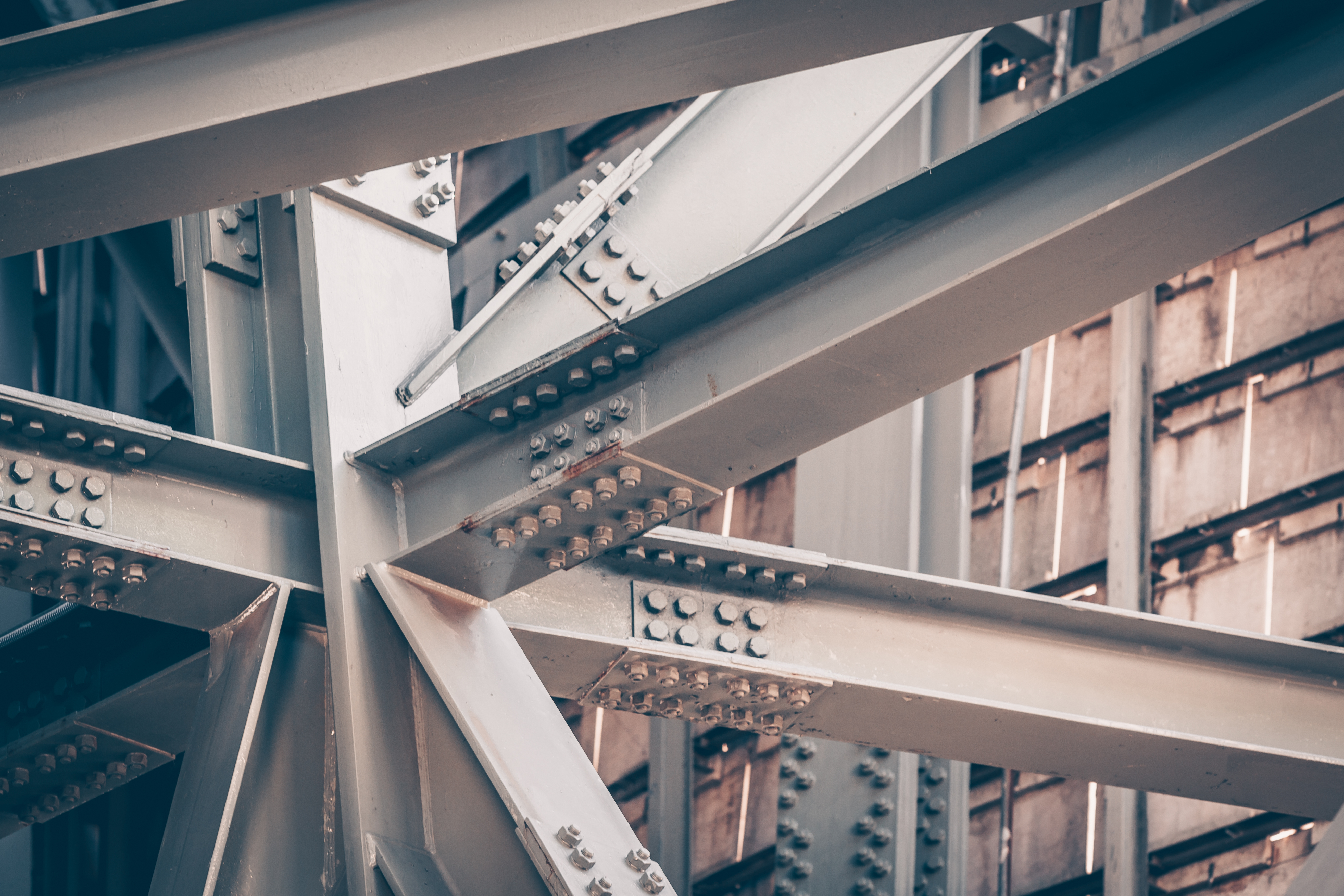Structural steel comes in many shapes and sizes and can be customised to suit any project.
When it comes to the world of structural steel, the material is known for its excellent versatility. In fact, structural steel can be fabricated, cut and bent in a broad range of shapes and sizes depending on the application for which it is being used. The material can be tailored to suit countless projects — from decorative metalwork, to large buildings. Read on to find out about the most common shapes in which structural steel is available, and how we can help on your next project…
S-beams
Structural steel can be fabricated and processed to meet a range of construction needs. One of the most common shapes that is currently available is the s-beam. This shape is rolled with two parallel flanges, as well as a web and features tapered edges. These uniquely shaped edges provide more strength than wide flanged shapes. S-beams are often a popular choice for the construction of commercial buildings, as well as other structures that require optimal stability and strength.
H-beams
H-beams, also known as I-beams, are designed to resist shear forces. The flanges are able to resist bending movements, which makes these steel components an ideal option in a number of applications. H-beams are often used in support piles and framework.
L-beams
L-beams are an effective option when it comes to providing support as well as saving on space. These steel components are often used in floor support systems and framing because they don’t take up a lot of space.
C-beams
These steel components are generally considered more flexible than I-beams and S-beams. They work by relying on a flat surface in order to stick to another flat surface. This achieves excellent support, which makes these components an effective choice when it comes to supporting particularly heavy loads like bridges.
T-beams
T-beams can be cut from a variety of beam shapes and comprise a stem and a flange. These beams are often used to reinforce concrete floors because they are very resistant to compressive stresses.
Hollow steel sections
Hollow steel sections are often used in building applications, particularly in cases where components are loaded in multiple direction. Hollow steel sections have two cross-sectional axes that work to improve resistance to torsion. For this reason, these types of components are often used in columns.
How can we help?
We are experts in steel fabrication, and are available to provide a broad range of steel-related services. We have worked on many projects over the years, from hospitals and parks to universities and hotels. When we take on a project, we take care of the entire process by providing drafting and detailing of the project site; 3D modelling of the project; processing and fabrication of the steel; and erection by a trained team. The BridgeFab team is highly skilled and experienced, and will complete your project from start to finish with the help of the latest technology and machinery.
If you need assistance with any structural steel-related services, we encourage you to get in touch so that we can discuss your needs and help you achieve your project goals. If you would like to find out more about our capabilities, please have a look here.
To arrange a consultation with us or to request a quote, please don’t hesitate to get in touch or give us a call on (07) 3373 8777.


